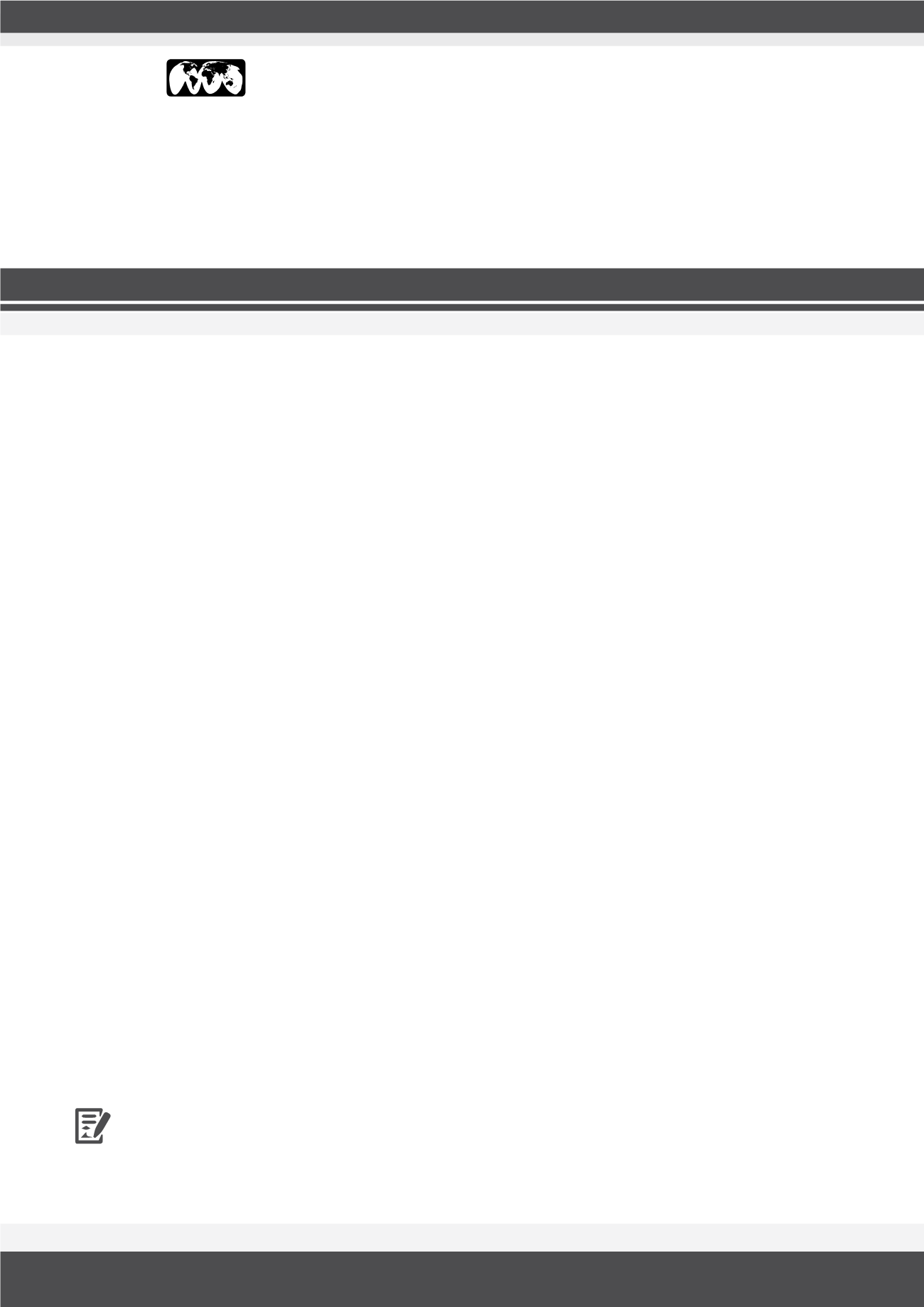

Page 58
allied
academies
J u l y 2 3 - 2 4 , 2 0 1 8 | R o m e , I t a l y
Note:
TRADITIONAL
MEDICINE AND ACUPUNCTURE
8
th
International Conference on
Journal of General Internal Medicine
|
ISSN: 2591-7951
|
Volume 2
Traditional 2018
Arch Gen Intern Med 2018, Volume 2 | DOI: 10.4066/2591-7951-C1-003
DIAGNOSTIC RELIABILITY IN TRADITIONAL CHINESE MEDICINE
Michael Popplewell
University of Technology, Australia
Introduction:
An acceptable level of inter-rater diagnostic agreement is the foundation for investigating the effectiveness of
treatment approaches. No previous investigation of diagnostic consensus on an open populations in the Traditional Chinese
Medicine (TCM) profession has been found, indeed, such studies appear absent in all modalities. Investigations into narrow fields
of medical conditions or illnesses, such as appear in the literature, do not reveal any information as to what occurs in ‘real world’
clinical settings in which patients arrive with undiagnosed conditions. This is gap in the present knowledge.
Methods:
Data were collected at the University of Technology Sydney (UTS), over two days. Two practitioners each diagnosed 19
subjects on day one and three practitioners diagnosed 16 subjects on day two. In total 35 subjects were examined and a total of
86 diagnoses were made. Up to three diagnostic patterns per subject could be selected by the practitioners, scored on a scale of
1-5. The practitioners drew from a predefined list of 56 most frequently used diagnostic options at the UTS clinic.
Outcome Measures:
Two criteria were employed in the outcome measures: pattern and linearly weighted agreements.
Results:
The results obtained showed that the practitioners obtained 23% pattern agreement and 19% weighted agreement.
Conclusion:
There appears to be very low diagnostic agreement between practitioners. Unless otherwise shown, all previous
research into treatment effectiveness or mechanisms of action may quite possibly be confounded by the inclusion of data
corrupted by inconsistent diagnoses. Diagnostic agreement must therefore be improved so that future TCM investigations are
made on a valid basis.
michael@true-results.com.au















